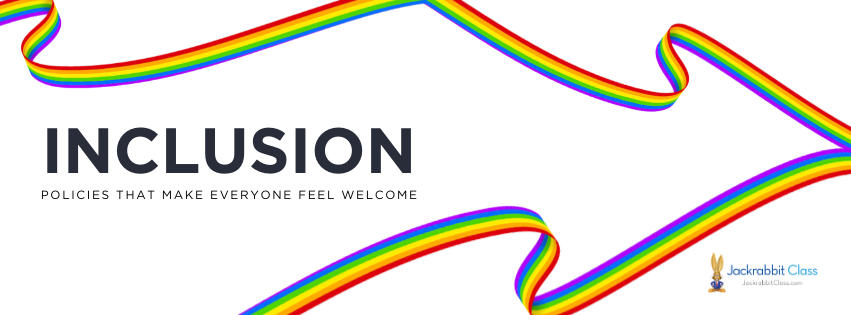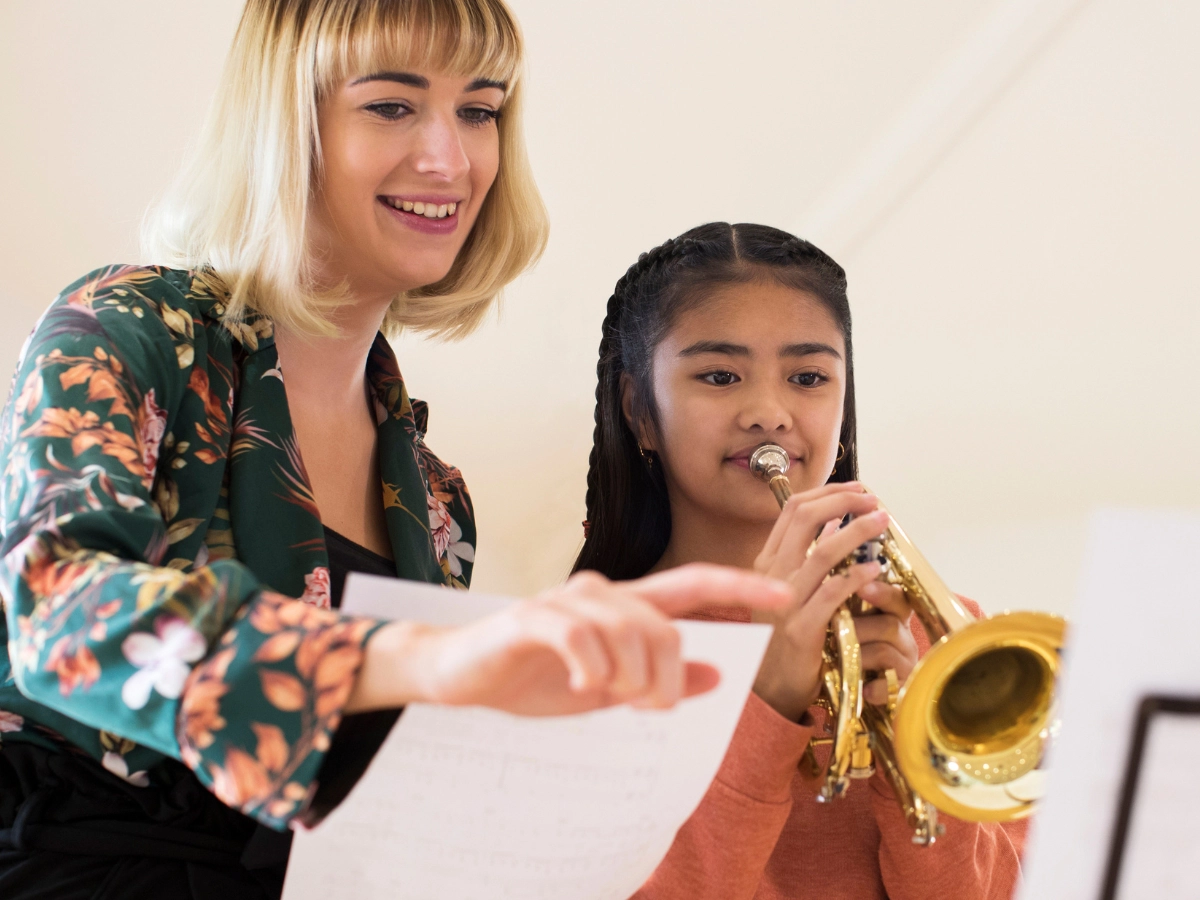For centuries, dance has traditionally recognized just two genders: male and female. This comes as no surprise, as audiences have seen examples of these roles in genres such as traditional ballet and partner dance.
Over the years, our society has been making strides to become more inclusive of people who identify themselves anywhere along the spectrum! As our society changes, you should take a moment to review your activity center’s policies to ensure you aren’t (unintentionally) alienating a segment of your students.
We’re changing, too. We’ve said it before and we’ll say it again- at Jackrabbit, we believe all students should feel welcome, safe and included in their daily lives as their authentic selves. That’s why we’ve made strides to become the most gender friendly class management software company in the market.
To help us get to where we are now, we did a lot of listening to clients who have well-established gender inclusion policies.
We sat down with Emily Finch, owner of Dance 101 in Tempe, Arizona to get a few pointers on how she created gender inclusive policies at her dance studio. Whether you own a swim school or a gymnastics gym, there’s something in here for everyone. Here’s what Emily had to say:
How to create gender policies at your center
As a dance studio owner, one of my biggest mottos is that everyone can dance. This includes all ages, abilities, and genders. In the more recent years, I have encountered students that have helped me analyze my practices as a dance teacher regarding gender and the role it plays in the classroom.

Emily Finch, owner Dance 101
Registration
From the very first moment a student enters our program we want them to feel welcomed and see how welcoming we are of other students. For us, that starts at enrollment and registration.
Prior to 2020, when completing enrollment, we utilized the comments section of our registration form to note gender identity, as it helped students and parents who would benefit from more than two choices feel more welcome at our facility.
Now that Jackrabbit has released its new gender inclusion enhancement, we have the ability to create additional gender types, such as non-binary and include those on our registration forms.
It’s amazing how something as small as a response field in a form can make someone feel welcome. But it’s more than a response field. By creating more than the traditional male and female responses, you’re saying ‘I see you and you’re welcome here.’ without having to say anything at all.
Dress Code
Our dress code policies need to describe how every student should dress for class regardless of gender. Often asking for separate dress codes based on binary gender could deter a student from dressing in a way that feels more comfortable with their identity.
Here are some inclusive descriptions that work for us:
- Dancers need to wear clothing that allows an instructor to properly see alignment to prevent injuries and incorrect habits.
- A dancer should be able to move freely without restriction
- All hair should be pulled back and secured
Costumes
The biggest hurdle that I have encountered has been costuming for performances. When choosing costumes for recitals, I have had students who would like to have the choice of wearing the male costume or the female costume regardless of their gender at birth.
Typically, costume companies offer traditional gender related costumes, such as tutus for girls and a pants/shorts combo for boys. Often the newer styles of dance like hip-hop and modern have more gender-neutral choices, but I would love to see costume companies make gender-neutral costumes for all styles of dance to give us educators more options for students.
Movements
Some dance styles have traditional movements that are specific for each gender, but as we evolve into a society that is non-binary, we need to re-think how to incorporate these movements to be all-encompassing.
As inclusive educators, we need to offer movements to our students that stray away from the stereotypes of training men and women differently.
We can create classroom environments to teach all dancers to be powerful and strong, as well as poised and delicate.
Communication
Learning an inclusive language is important. To alleviate any questions, teachers should ask which pronouns the student is most comfortable with. We can change our language in the classroom to address students as “dancers” instead of “ladies and gentlemen.” I always refer to students by their name to avoid the use of “him” or “her” pronouns.
One of my biggest rules as a dance studio owner is to be flexible and use my creative problem-solving skills to come up with a solution.
Using continued education and research as our society changes, I can improve my job as an educator and offer a dance studio education for everyone.
Learn more about Emily Finch and Dance 101.
Ready to join Jackrabbit’s inclusive initiative? Create your free account and begin customizing gender settings at your youth activity center.
How to set-up Gender Options in Jackrabbit














